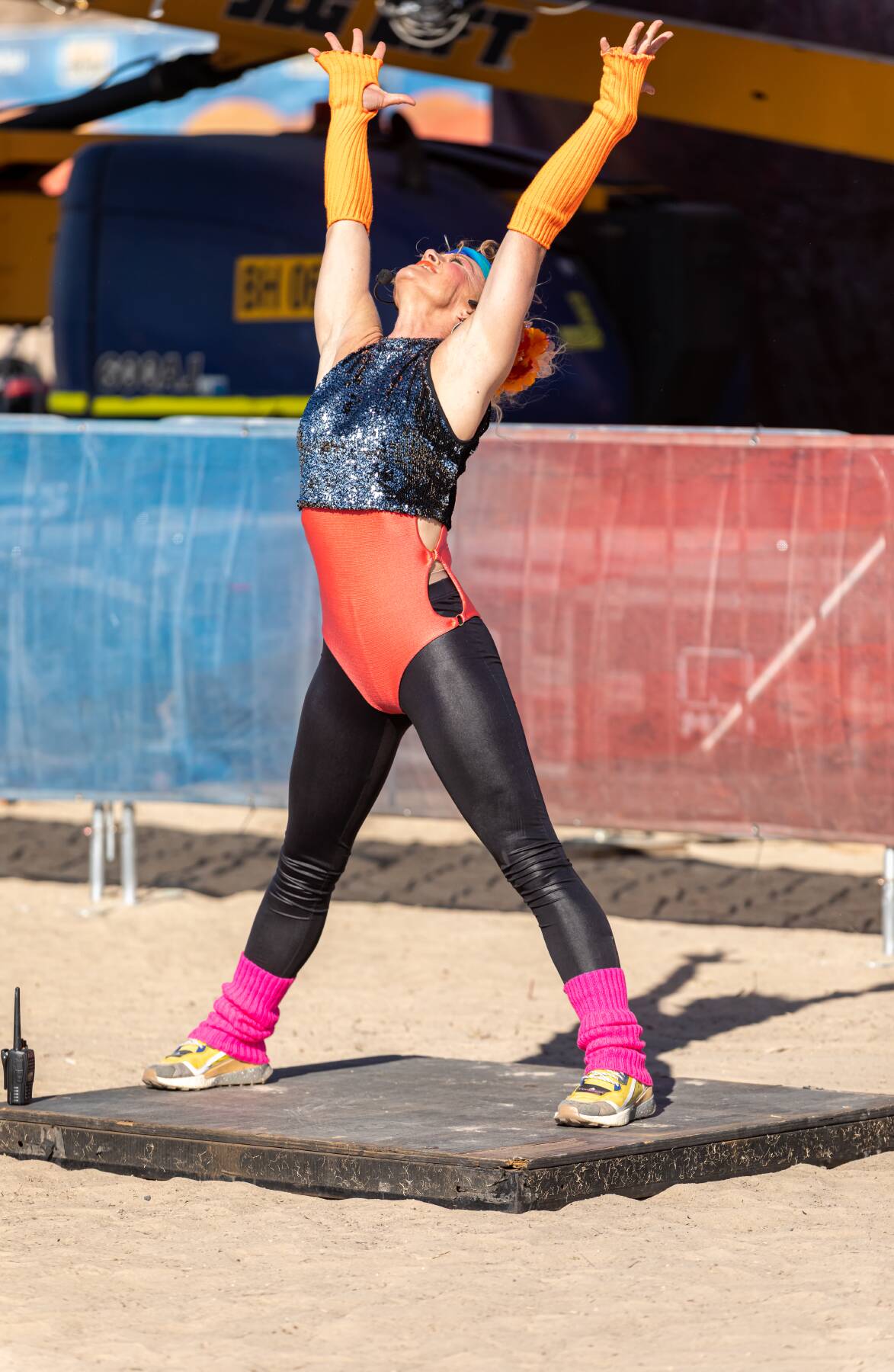There are a few ways to spot an Australian in a crowd.
One is to look for the cheeky type terrorising the locals at the bar with tales of drop bears or some such lark. My dad, for instance, who spent a few misguided years in the military as a younger man, will gleefully regale anyone who will listen with the time he sold an unwitting American recruit a genuine Kangaroo tail feather one afternoon on exercise. (It only looked like a magpie feather, the young patriot was assured before he happily parted with his money and made off with the rare find. Bless.)

Another is to listen for the signature twang of the accent in a crowded airport. I remember, a few years back, flying into Singapore after 12 months in the west of France, hearing the Aussie parlance cutting through the chatter as if it came from a megaphone - "What gate are we, mate?". It was like getting lovingly smacked in the back of the head by a gum leaf wrapped loosely around a large golden double-plugger thong, and from that point I knew I was home.
But, perhaps the most reliable way to sort the larrikins from the tourists in just about any corner of the world, is to whack a coin in the jukebox and blast Tina Turner's 1973 classic Nutbush City Limits.
The Nutbush - that dance that we all seem to know, but we also seem to be collectively a bit hazy on exactly how we know it - has become engrained in the Australian culture in a way that it just hasn't anywhere else in the world.
It has been a year since the passing of the legend, Tina Turner, and it seems fitting that we commemorate the date with a nod to our peculiar national affection for the Queen of Rock-n-Roll.
Turner, famously, became the face of rugby league in late '80s and early '90s when then NSWRL boss John Quayle, who had an in with Tina's Australian manager in the mid-80s, managed to get the Queen of Rock n Roll on our fair shores to film an iconic promo for the sport in 1990.
She performed power ballad The Best at the 1993 grand final and cemented her place in the collective Aussie heart, but even then, the Nutbush was already a staple.
Now, a year after the Queen's reign faded into night, researchers at the Univeristy of South Australia and Edin Cowan reckon they have figured how and why we all collectively know the Nutbush.
When Turner passed away in May, Topics speculated that the origin of the box-step moves were reminiscent of the Madison - a jig that appeared in French film director Jean-Luc Godard's 1964 flick Bande a Part, which included line-dance style side steps, a couple of stomps, a clap and a twist.
The Madison was apparently choreographed earlier, in 1958, to match the calls of DeeJay Eddie Morrison on The Madison Time track by Ray Bryant - a jazzy tune interspersed with some Electric Slide-style instruction from Morrison.



















Professors Jon Stratton and Panizza Allmark now say that the moves came to us through the NSW Education Department curriculum around 1975.
"We believe the Nutbush was developed and distributed to teacher training institutions to be used as a teaching aid in creative arts classes and physical education," says Prof Stratton, a cultural studies scholar.
"Line dances work very well in classrooms because the teacher can stand at the front and give instructions to the lines. The idea must have been to provide students with an enjoyable way of exercising and learning coordination.
"Whoever designed the Nutbush succeeded beyond any success they could have hoped for. What makes it special is that it's moved out of schools to become the dance of choice at many Australian social events."
Interestingly, there is no definitive connection (aside from a bunch of mad Australians at the local B&S) between Turner and the Nutbush; she never performed the dance herself and, at least according to our friends Drs Honeydew and Beaker, there is no record of her ever acknowledging it publicly. The Nutbush is - by all accounts - just something we made up.
The song itself is based on Turner's small rural hometown of Nutbush in Tennessee and was released in July 1973, peaking in the music charts at number 87 in early December of that year.
Nutbush City Limits stayed off the Australian music charts throughout all of 1974, until something unusual happened. It climbed to number 27 on the Australian chart in March 1975 and stayed in the top 100 for 15 weeks.That same year the single climbed to number 8 in the NSW chart and reappeared in 1976.
It also reached the heights of the Victorian and Queensland music charts.Prof Stratton suspects its re-emergence in Australian music charts was not only because the song was a "dance floor filler" but was also because of the Nutbush's popularity and spread across Australian classrooms during that time.
"The last time Nutbush City Limits appeared in the Australian charts was when Tina Turner died at the age of 83 on 24 May 2023. The Nutbush is likely to remain an experience that Australians resonate with for some time.''







